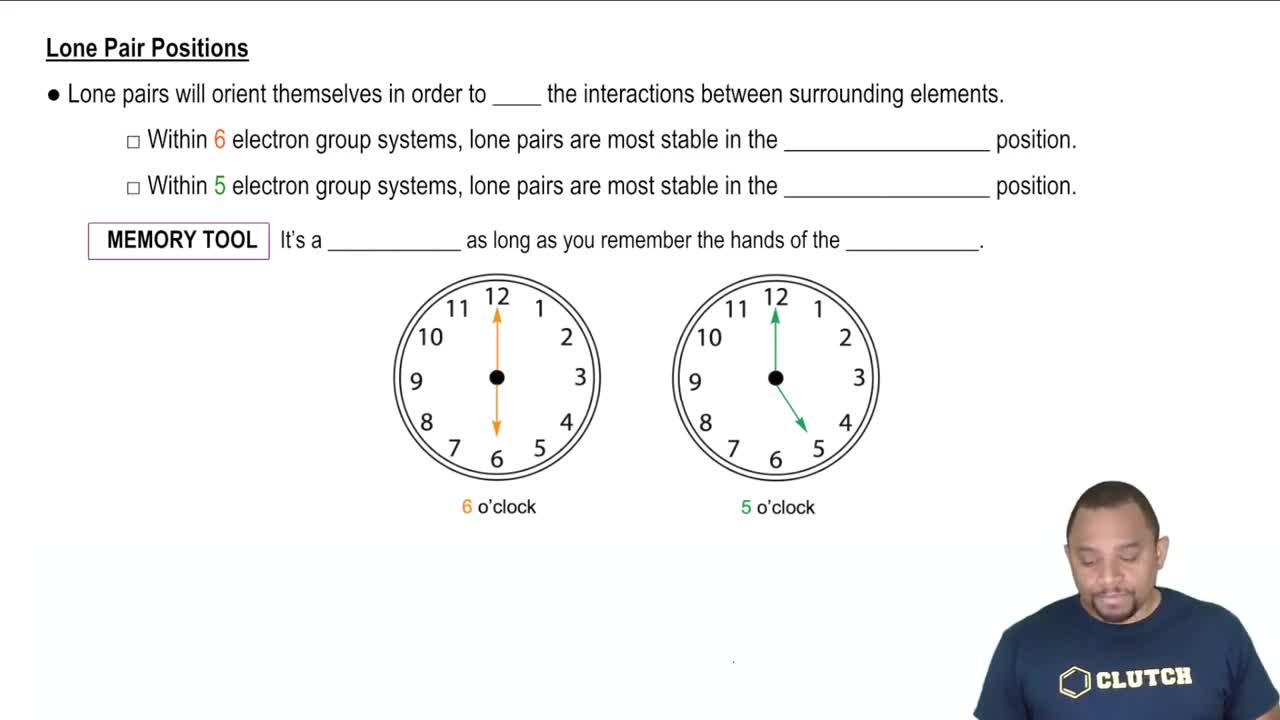Here are the essential concepts you must grasp in order to answer the question correctly.
Ionization Energy
Ionization energy is the energy required to remove an electron from an atom or ion in its gaseous state. It is a key factor in determining an element's reactivity and is influenced by the atomic size and the effective nuclear charge. Generally, ionization energy increases across a period and decreases down a group in the periodic table.
Recommended video:
Periodic Trends
Periodic trends refer to the predictable patterns observed in the properties of elements as you move across or down the periodic table. For ionization energy, elements on the right side of the table (like nitrogen and selenium) typically have higher ionization energies than those on the left (like calcium and rubidium). Understanding these trends helps in predicting the order of ionization energies among different elements.
Recommended video:
Group and Period Position
The position of an element in the periodic table, defined by its group (column) and period (row), significantly affects its ionization energy. Elements in Group 1 (alkali metals) like rubidium have low ionization energies, while nonmetals in Group 15 (like nitrogen) and Group 16 (like selenium) have higher ionization energies. This positioning helps in arranging elements based on their ionization energy.
Recommended video:
 Verified step by step guidance
Verified step by step guidance

